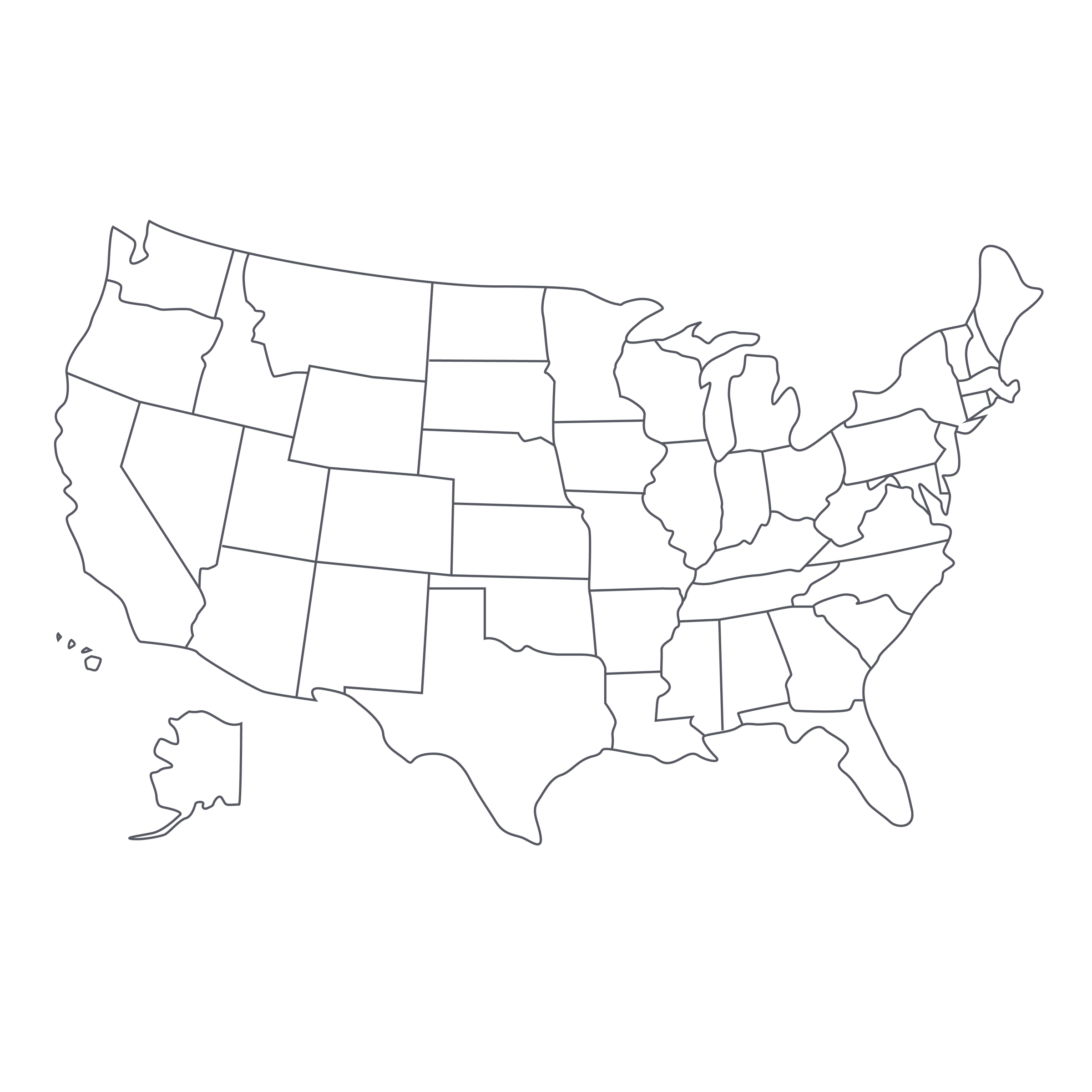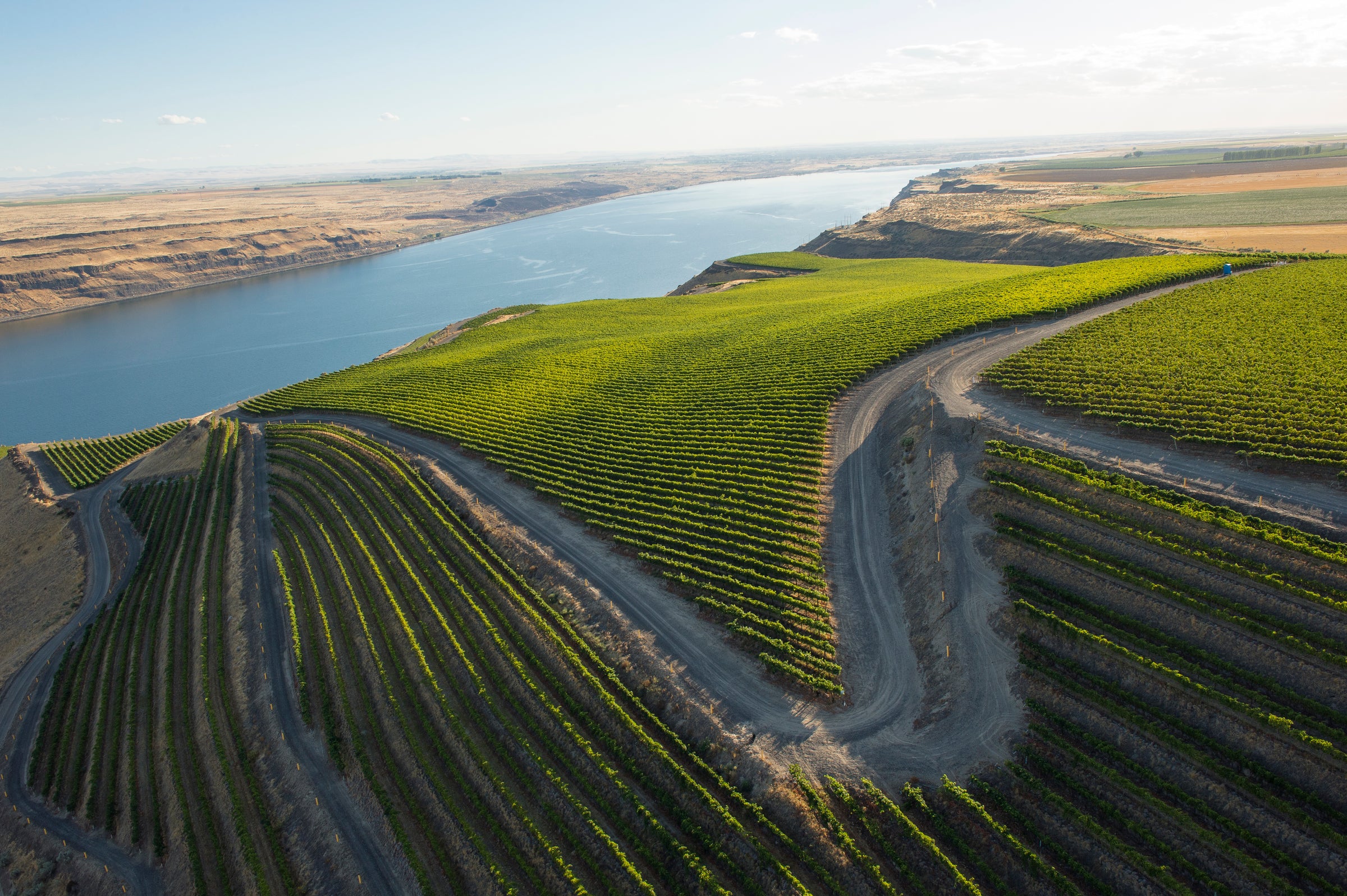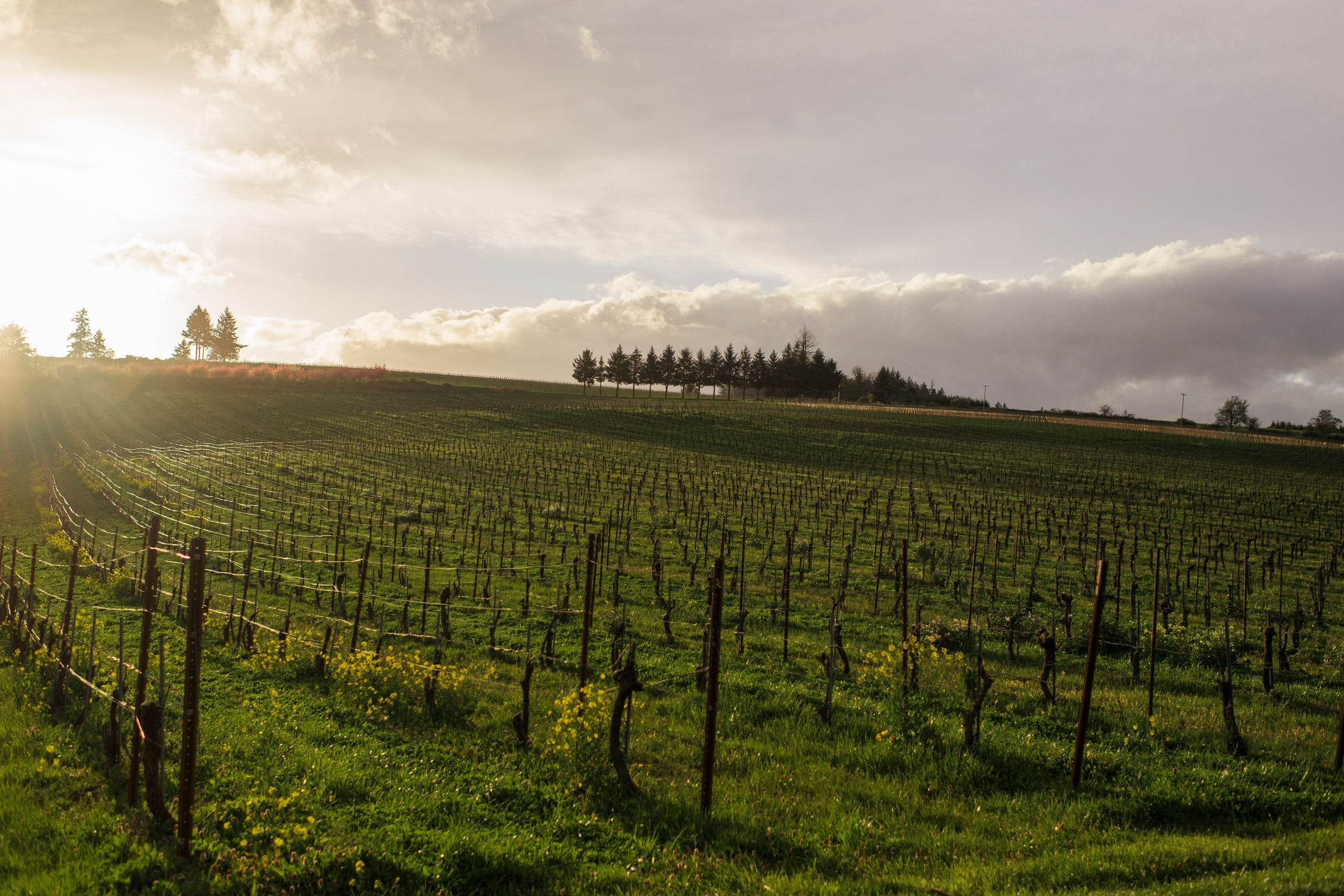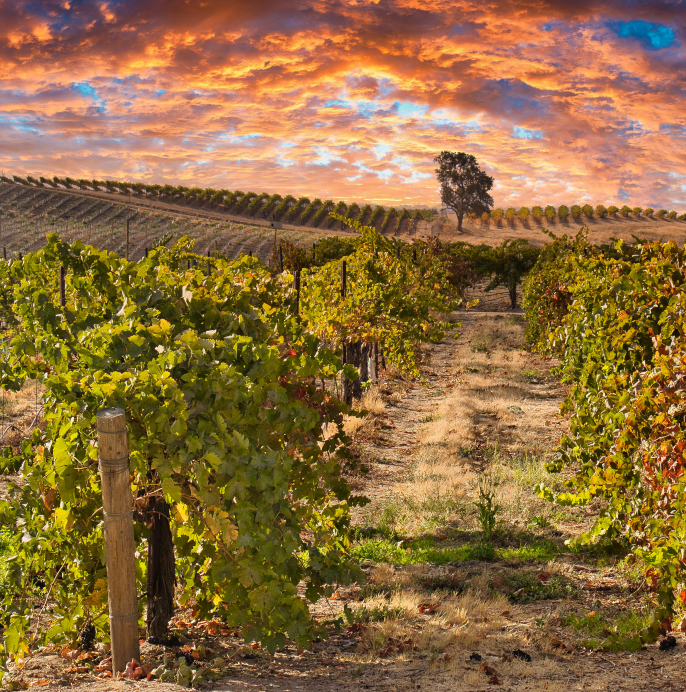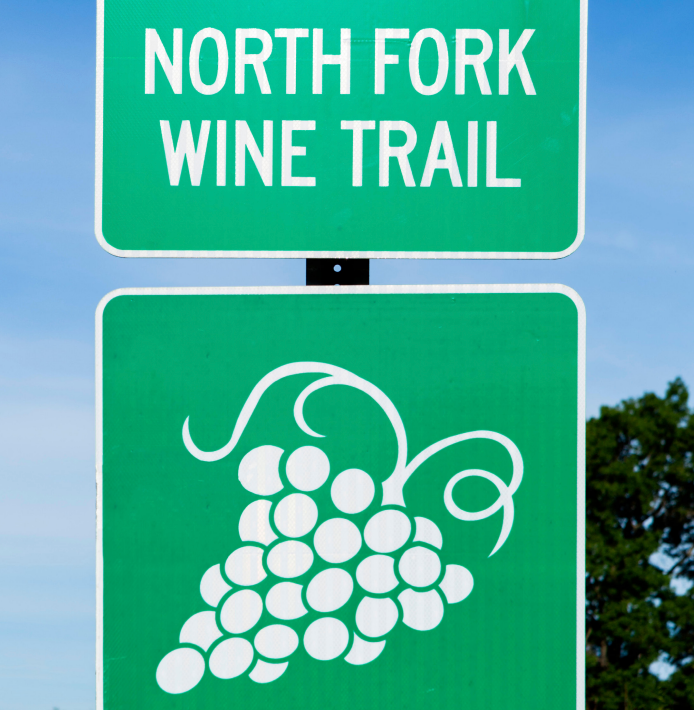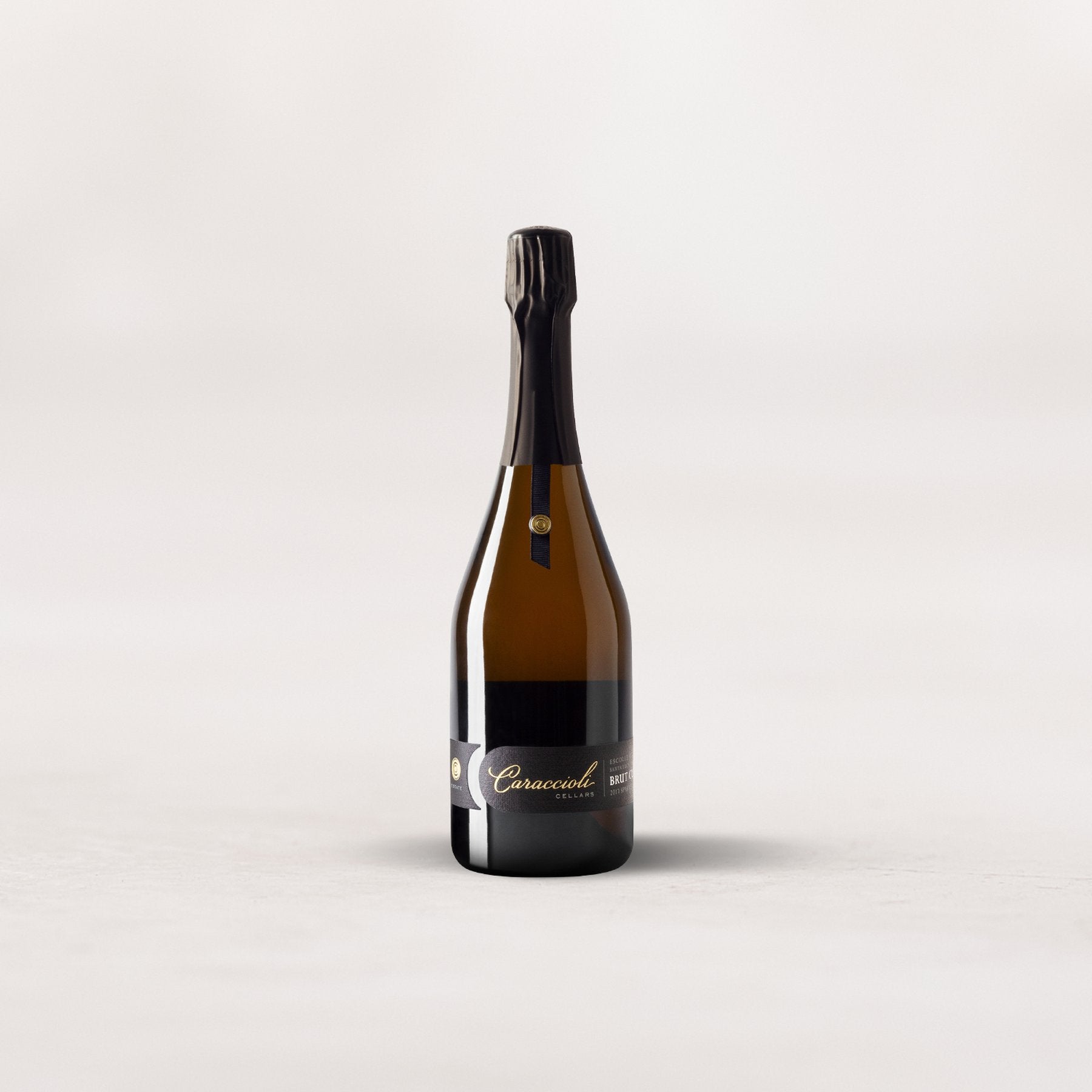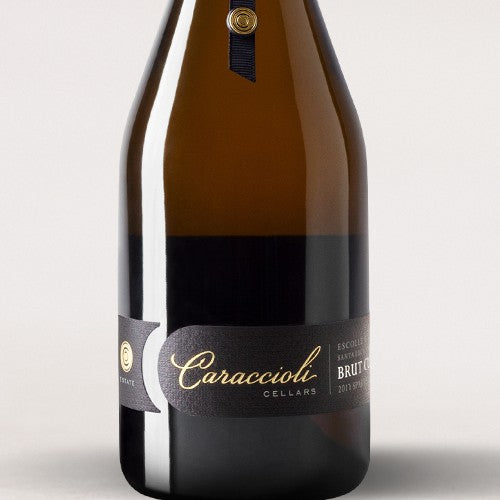I’ve got a soft spot for Scott Caraccioli and his team at Caraccioli Cellars because they chose to make their name by taking on perhaps the most powerful wine entity of all time: Champagne. But, just so we’re clear, we’re not offering their Brut Cuvée for sentimental, “let’s support the plucky Californians” reasons. We’re offering it because it is a majestic, age-worthy sparkling wine that any Champagne House would be proud to call its own.
I don’t say this lightly, because boutique Champagne is one of SommSelect’s bread-and-butter categories; very few sparklers from outside Champagne end up featured here. But there was no hesitation whatsoever with this taut, laser-focused 2017. Sourced entirely from the Caraccioli family’s Escolle Vineyard and aged on lees for a whopping four years before disgorgement (we’ll fill you in on all the wine’s impressive stats below), this is not just one of the great Champagne-method sparklers produced in California, but the world. It’s a must-have benchmark for sparkling wine aficionados.
Starting with the 2015 vintage, all the Caraccioli wines have been produced from 100% “estate-grown” fruit from their Escolle Vineyard. Planted in 2008, Escolle covers some 124 acres in soils of clay and sandy loam, with most of the plantings devoted to Pinot Noir (87 acres) and Chardonnay (28 acres). The site, which faces mostly east, nevertheless feels a profound cooling influence from the nearby Monterey Bay; it falls within the Santa Lucia Highlands AVA.
As Caraccioli fans know, they didn’t start out in SLH: They were a Salinas Valley farming family who eventually branched out at the urging of Scott Caraccioli’s father, Gary, who convinced his uncle and brother to join him. Gary and his brother, Phil, grew up watching their Swiss-Italian grandfather make homemade wine from local grapes, and they longed to be part of the local wine culture. The family launched Caraccioli Cellars in 2006 with partner Joe Rawitzer and set their sights on making great sparkling wine; it would have been hard to find someone more qualified than French enologist Michel Salgues, who had originally moved to California in 1985 to take over winemaking at Roederer Estate. Salgues ran Roederer Estate until 2004, after which he became an international consultant. He forged a deep connection with the Caracciolis, and it goes without saying that the wine world lost a giant when he passed away in 2017.
Today’s Brut Cuvée bottling is the estate’s flagship. Comprised of 60% Chardonnay and 40% Pinot Noir from the Escolle Vineyard (SIP-Certified sustainable), the “base” wines are fermented mostly in stainless steel, with about 20% finishing primary fermentation in neutral French oak barrels. Once fermentation is complete, the wines spend two months aging in barrels before the second fermentation in bottles. The finished product rests for four years en tirage (on the spent yeasts) before disgorgement and final bottling. It then spends another year aging “on the cork” before it is released for sale.
This 2017, only just released, is still taut and tingly and full of youthful energy. In the glass, it’s a burnished yellow-gold with a distinct coppery cast, with aromas of green apple, lemon curd, citrus peel, crunchy Anjou pear, crème brulée, toasted almond, and honeysuckle. These rich aromas lead into a crisp, bone-dry, assertively citrusy palate that shows firm structure and a mouth-watering, salted-lemon quality. It is bright, vivid, and has a very long life ahead of it (at least five years, and likely more) should you decide to cellar a few bottles. In the meantime, serve this around 50 degrees in all-purpose white wine glasses or even red wine stems and make sure to pair it with some food—anything from richer appetizers to main-course dishes. It’s a vinous powerhouse that deserves a showcase. Enjoy!
